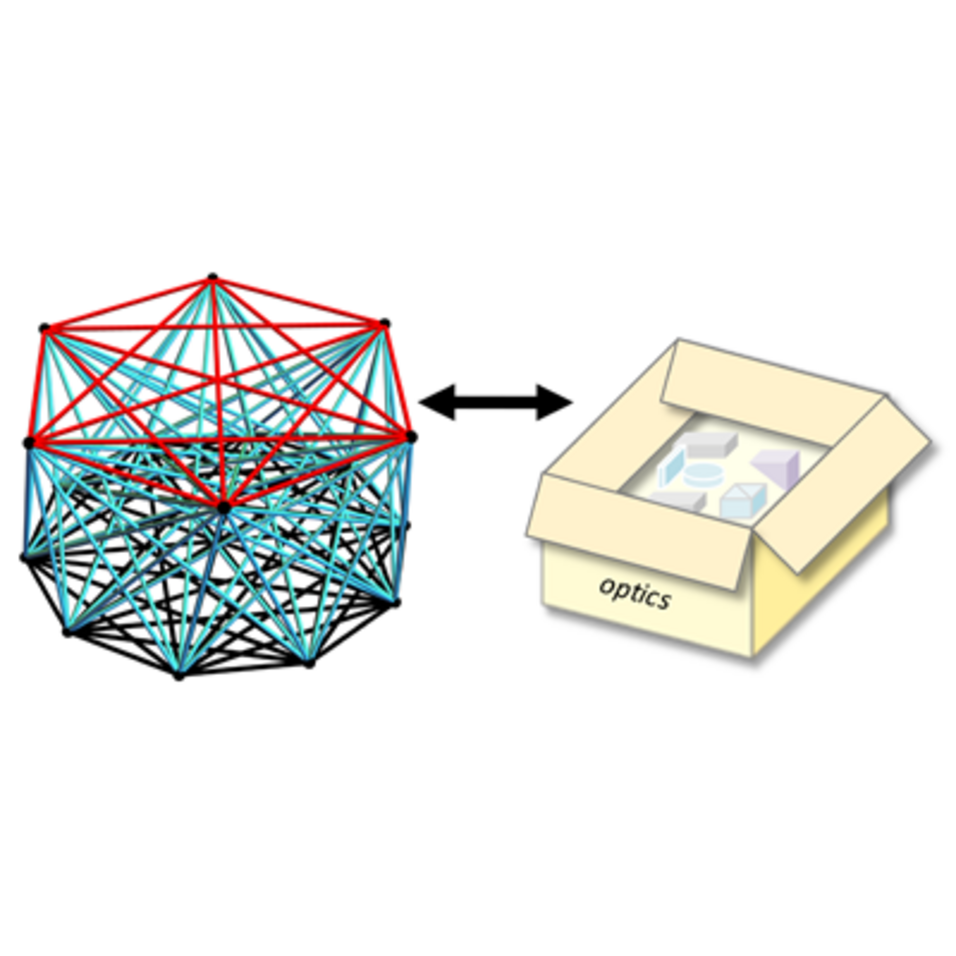Graph theory , that is the theory of Graphs, mathematical tools used to model pairwise relations between objects, is significant in our modern society. Among others, it is the mathematical tool for optimizing logistics, for example, how can goods be distributed fastest, or how can the internet be organised most efficiently. In the article just-published in Proceedings of the National Academy of Sciences (PNAS), Xuemei Gu and her colleagues of the group of Anton Zeilinger at IQOQI-Vienna and the University of Vienna, show that modern-day photonic quantum experiments and graph theory are intrinsically linked.
The study shows that questions in quantum physics can now be translated and answered using Graph theory, while subjects in Graph Theory can be converted and solved using a novel type of quantum computation schemes.
State-of-the-art photonic quantum experiments correspond to graphs, and properties of the Graph correspond to the resulting quantum state of the experimental setup. The scientists were able to encode genuine quantum mechanical properties, such as quantum interference and quantum superposition, into the mathematical object of a Graph.
The change of perspective allowed Gu and her colleagues to discover a novel, unexplored type of quantum interference which happens when many photons are involved. This quantum interference is the basis of a new special-purpose scheme of quantum computation, which can be exploited to solve Graph Theory questions that are intractable on a classical computer. This new connection between these seemingly unrelated fields also revealed new insights into quantum state generation with current photonic technology. In general, the bridge gives another perspective on photonic technology and will be significant for the design of future experiments.
https://www.pnas.org/content/116/10/4147
References:
[1] Xuemei Gu, Manuel Erhard, Anton Zeilinger and Mario Krenn, Quantum experiments and graphs II: Quantum interference, computation, and state generation, Proceedings of the National Academy of Sciences. 116 (10), 4147-4155 (2019).
[2] Mario Krenn, Xuemei Gu and Anton Zeilinger, Quantum experiments and graphs: multiparty states as coherent superpositions of perfect matchings, Phys. Rev. Lett. 119(24), 240403 (2017).



